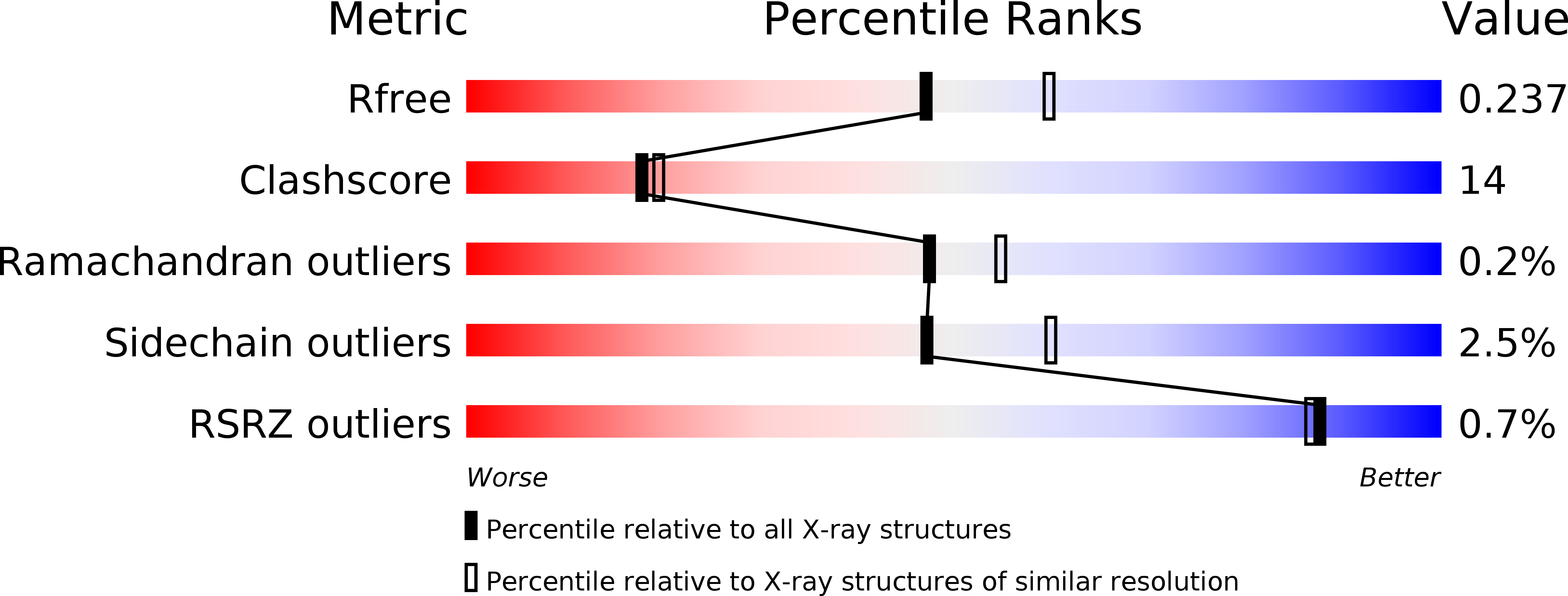
Deposition Date
2013-11-14
Release Date
2014-01-22
Last Version Date
2024-11-20
Entry Detail
Biological Source:
Source Organism:
Human poliovirus 1 (Taxon ID: 12081)
Host Organism:
Method Details:
Experimental Method:
Resolution:
2.20 Å
R-Value Free:
0.24
R-Value Work:
0.22
R-Value Observed:
0.22
Space Group:
P 65


